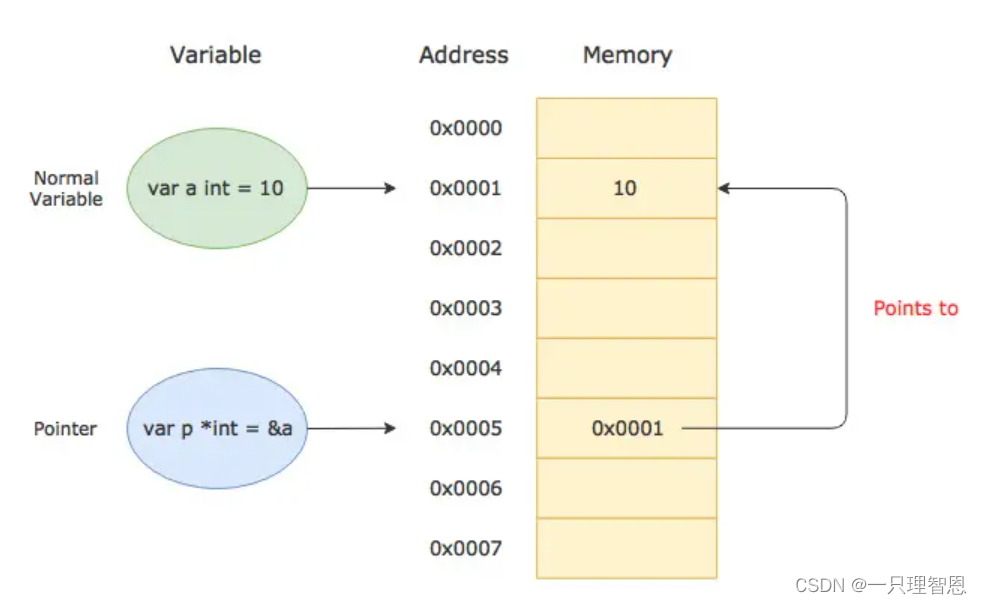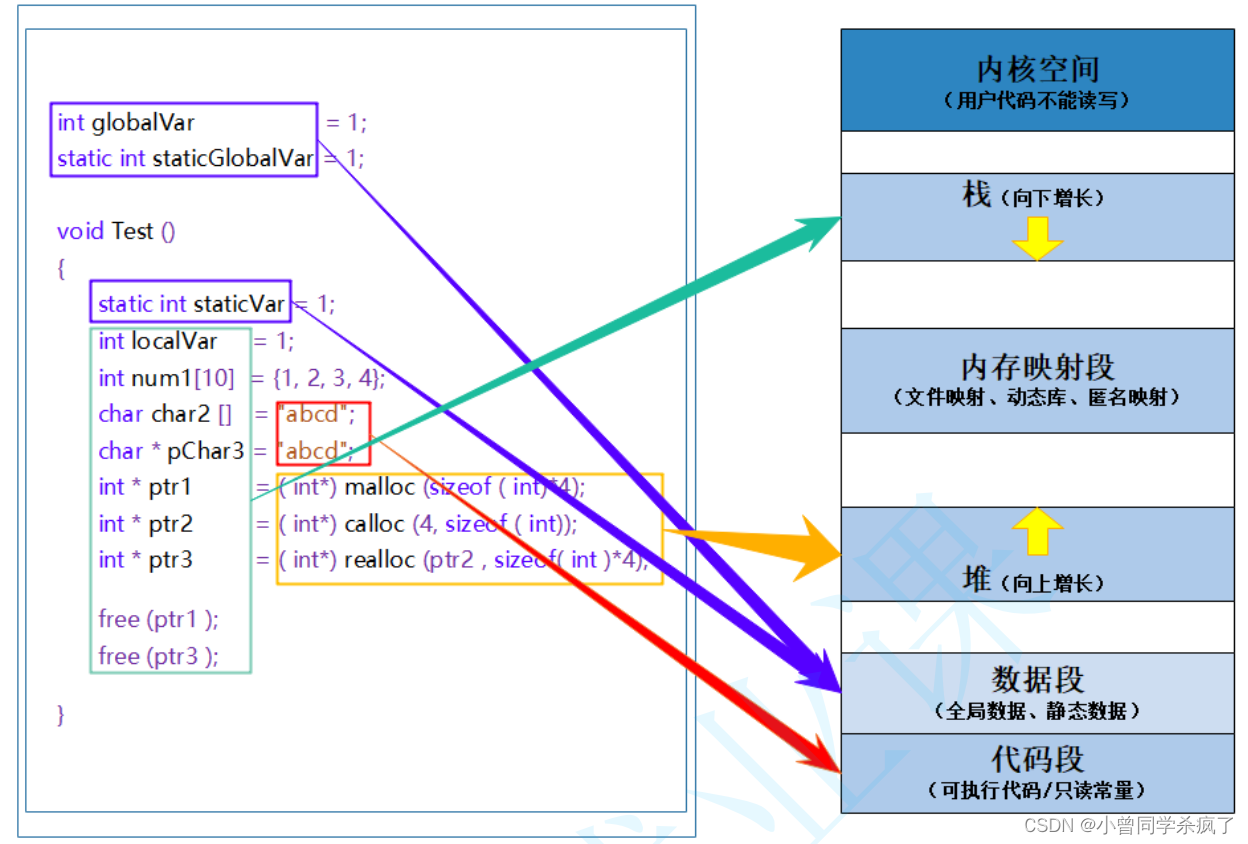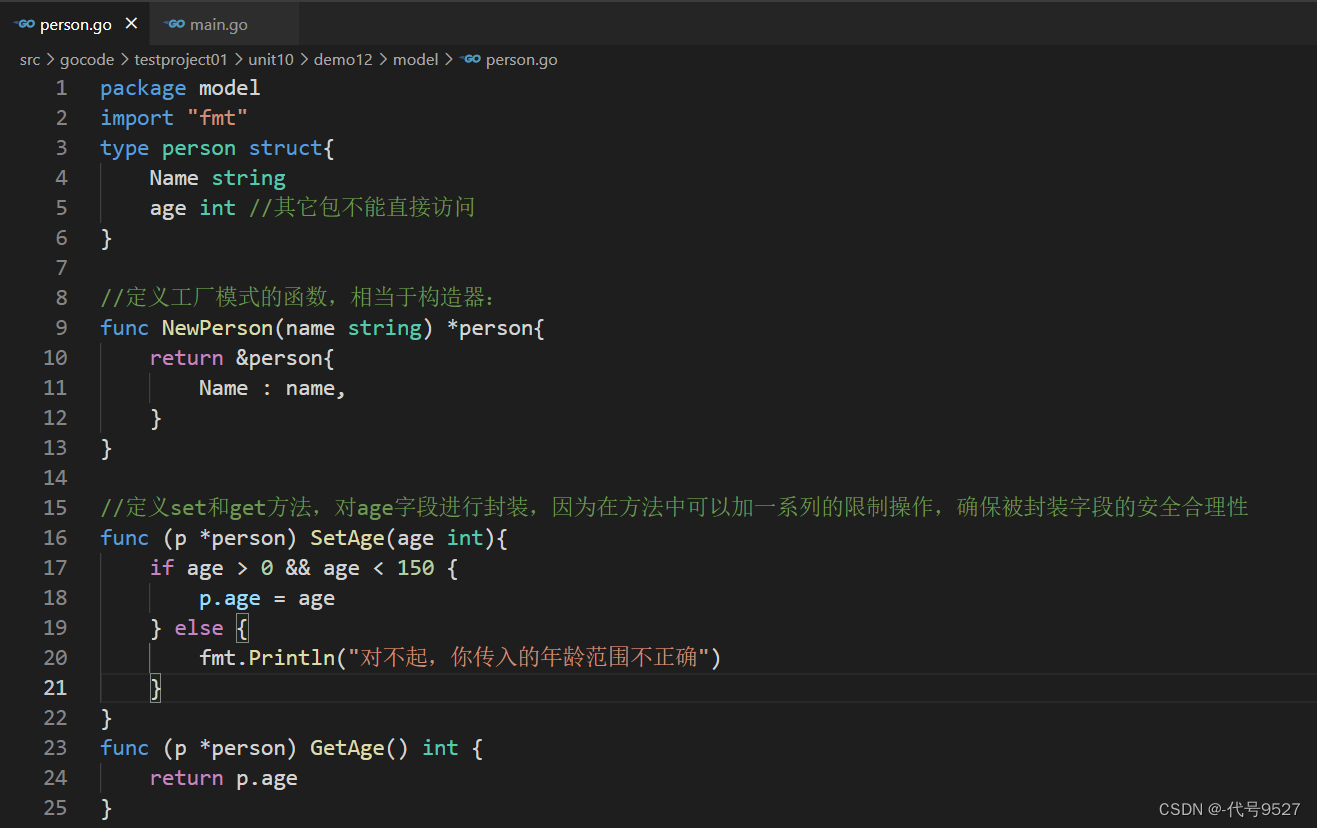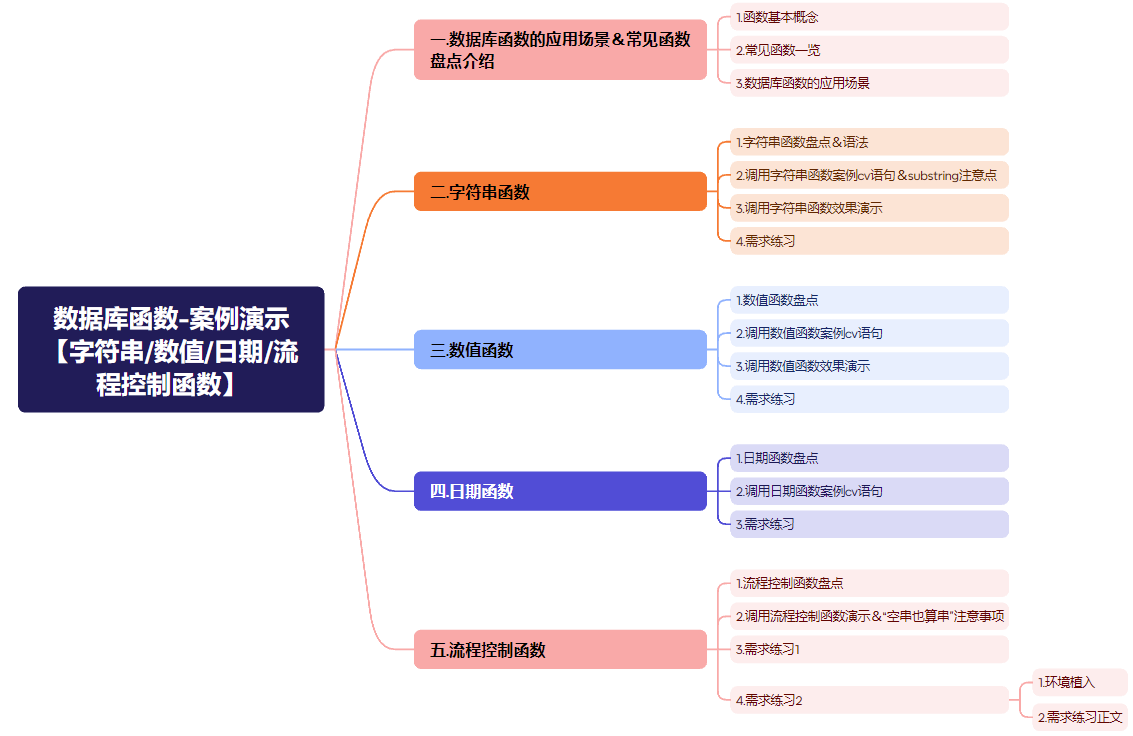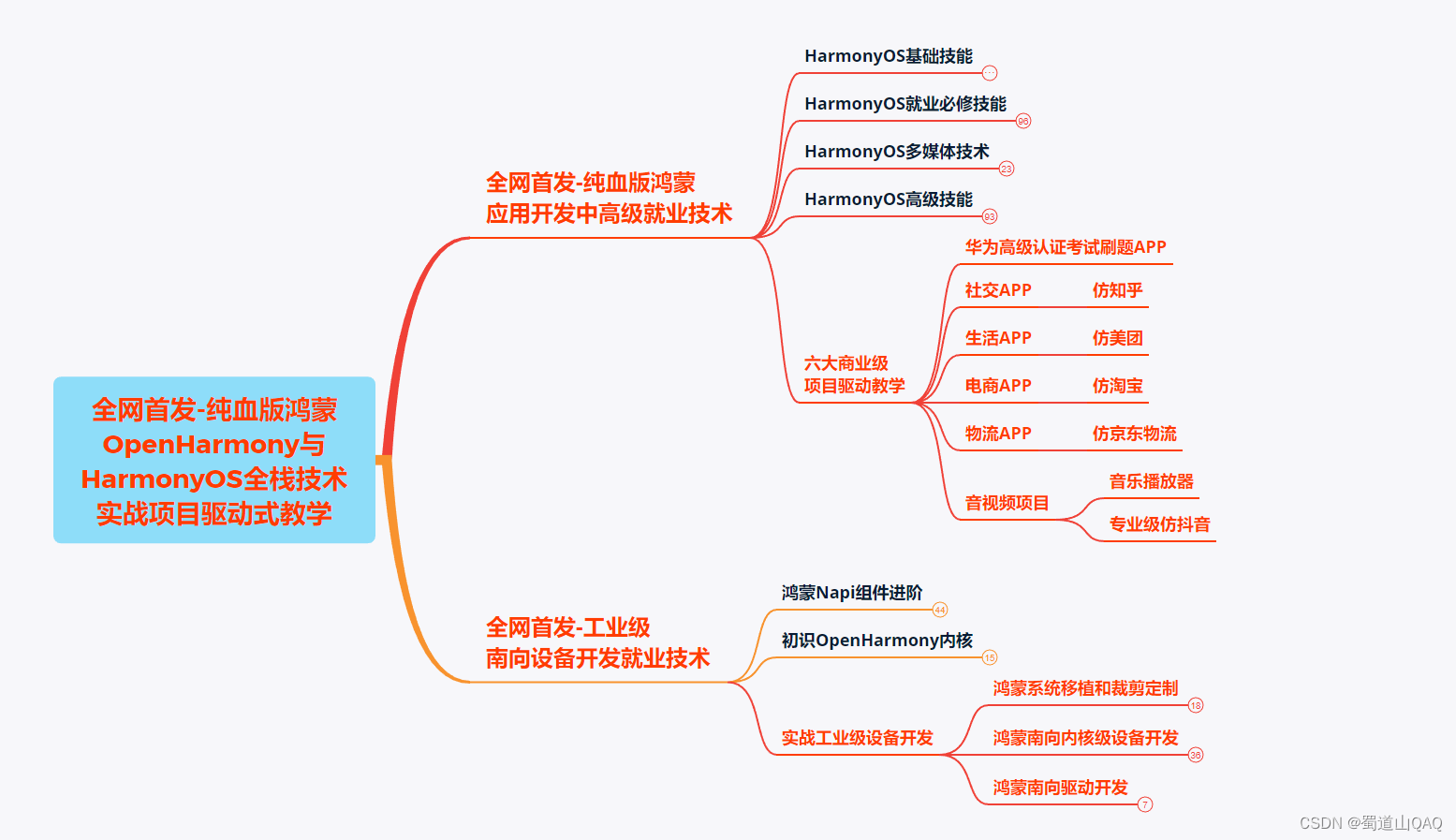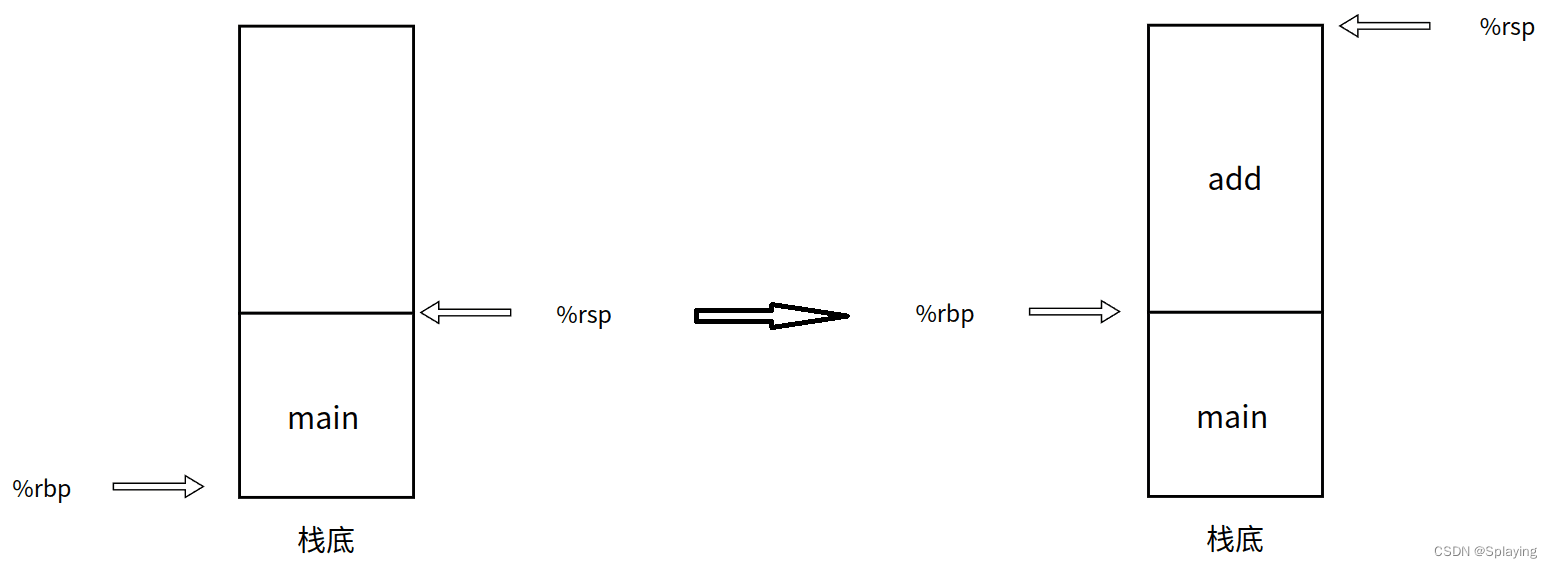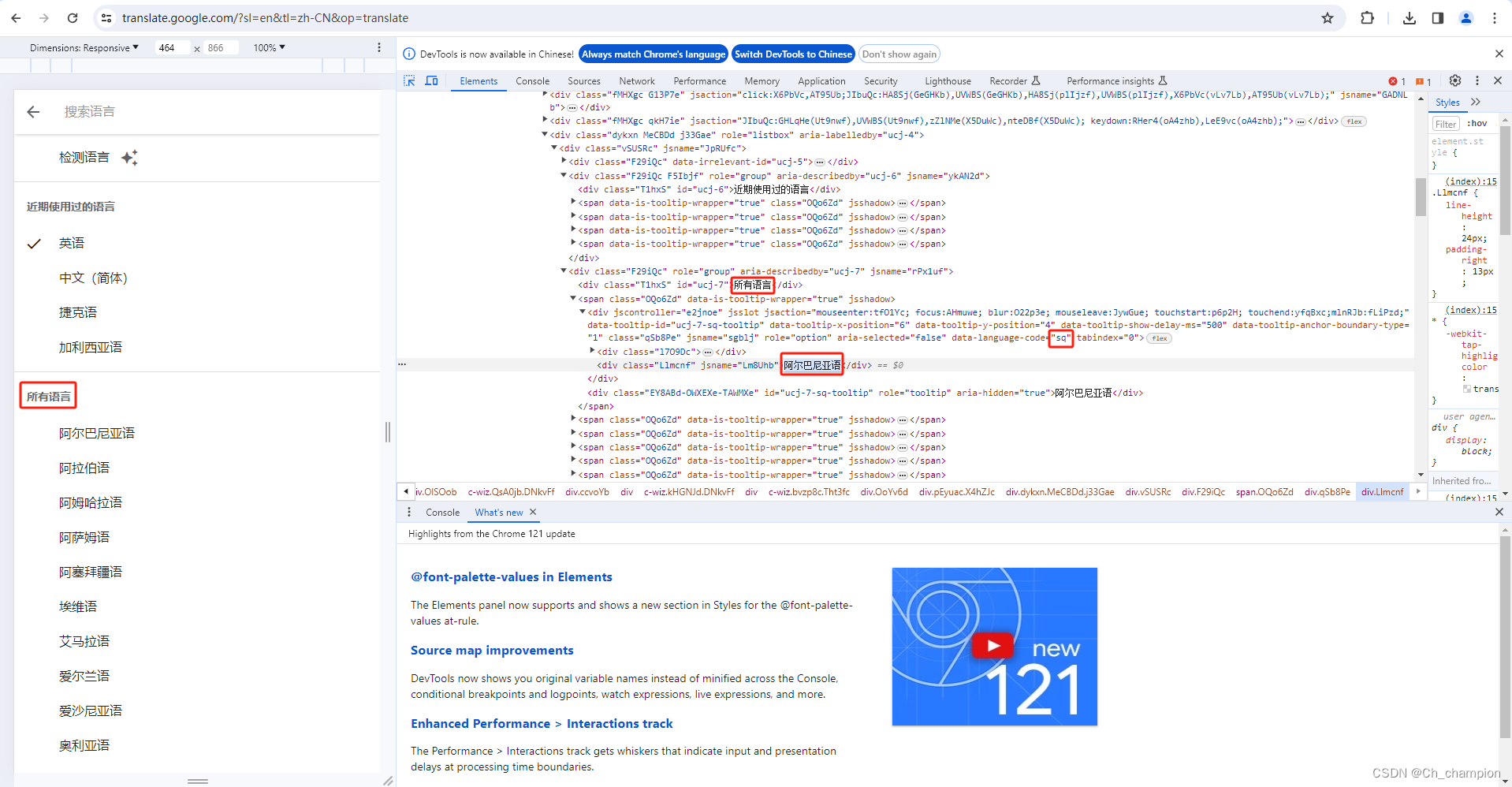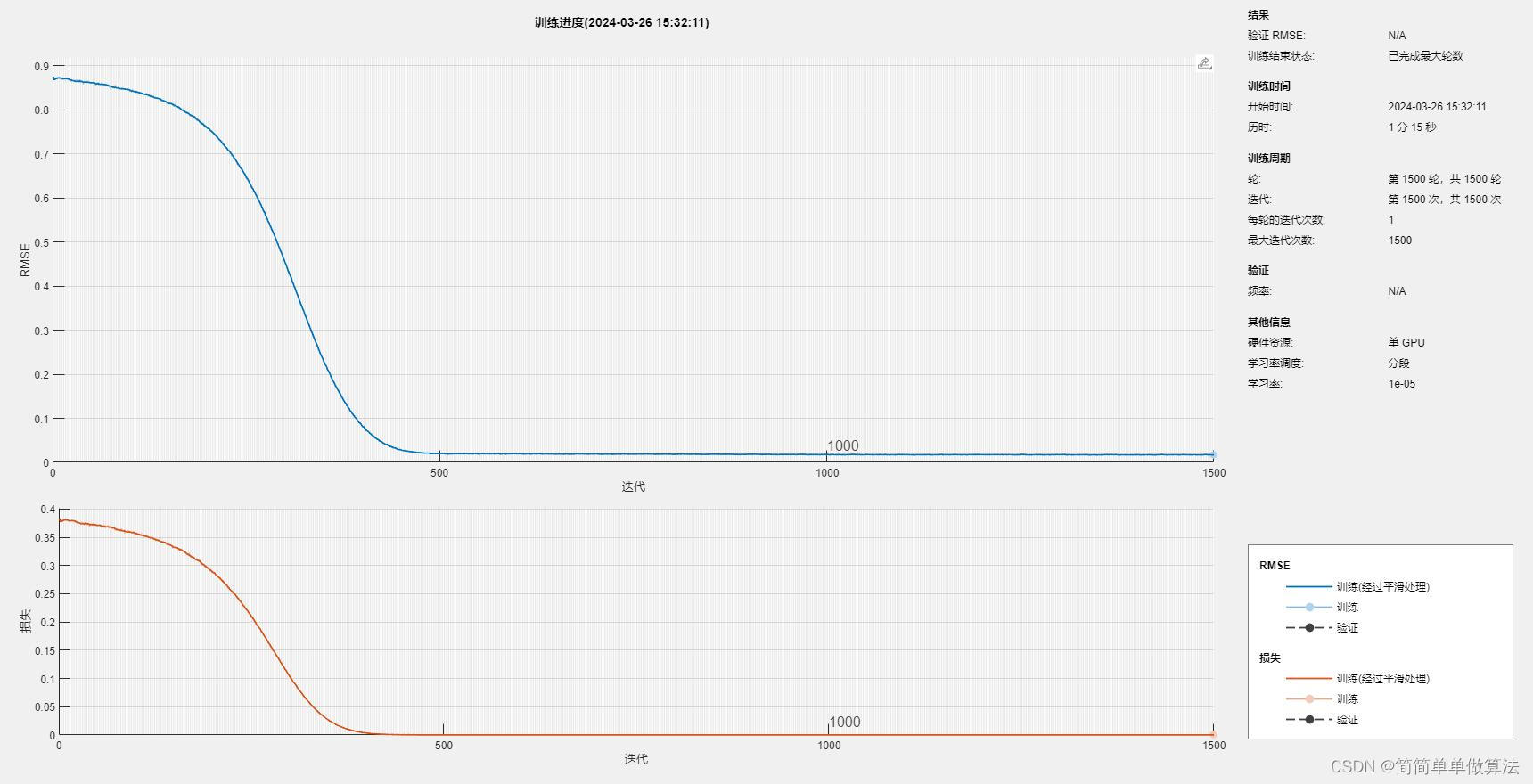githubio地址:https://a18792721831.github.io/
在c语言中,malloc方法用于动态申请内存,其中内存分配器使用的是glibc提供的ptmalloc2。除了glibc,业界比较出名的内存分配器有Google的tcmalloc和Facebook的jemalloc,
二者在避免内存碎片和性能上均比glibc有比较大的优势,在多线程环境中效果更明显。
Go语言也实现了内存分配器,原理与tcmalloc类似,简单说就是维护一块大的全局内存,每个线程(Go中为处理器P)维护一块小的私有内存,私有内存不足时,再从全局申请。
1. 基础概念
为了方便自主管理内存,一般做法是先向系统申请一块内存,然后将内存切割成小块,通过一定的内存分配算法管理内存。
以64位系统为例,Go程序启动时向系统申请的内存:

预申请的内存划分为:spans,bitmap 和 arena 三部分。其中 arena 即所谓的堆区,应用中需要的内存从这里分配,spans 和 bitmap 是为了管理 arena 区而存在的。
arena 的大小为512GB,为了方便管理,把 arena 区域划分成一个个的 page ,每个 page 的大小为 8KB,一共有 512GB/8KB 个 page。
spans 区域存放 span 的指针,每个指针对应一个或多个 page ,所以 span 区域的大小为 (512GB/8KB) * 指针大小(8byte) = 512 MB。
bitmap 区域的大小也是通过 arena 计算出来的,主要用于GC。
2. span
span 是用于管理 arena 的 page 的关键数据,每个 span 中包含一个或多个连续的 page 。 为了满足小对象分配,会将 span 中的一个 page 划分为更小的粒度,而对于大对象比如超过 page 大小,则通过多个 page 实现。
- a. class
根据对象大小,划分了一系列 class ,每个 class 都代表一个固定大小的对象,以及每个 span 的大小。
在 runtime/sizeclass.go 中有说明:

每列的含义:
- class: class ID ,每个 span 结构中都有一个class ID,表示该 span 可处理的对象类型
- bytes/obj: 该 class 代表对象的字节数
- bytes/span: 每个 span 占用堆的字节数,即 page 数 * page 大小
- objects: 每个 span 可分配的对象个数,即 (bytes/spans) / (bytes/obj)
- waste bytes: 每个 span 产生的内存碎片,即(bytes/spans) % (bytes/obj)
上面最大的对象的大小是32KB,超过32KB大小的对象由特殊的 class 表示,该 class ID 为0,每个 class 只包含一个对象。
- b. span 的数据结构
span 是内存管理的基本单位,每个 span 用于管理特定的 class 对象,根据对象大小, span 将一个或多个 page 拆分成多个块进行管理。
在 runtime/mheap.go中定义了 span 的数据结构:

type mspan struct {
next *mspan // 链表前向指针
prev *mspan // 链表后继指针
startAddr uintptr // 起始地址,即锁管理 page 的地址
npages uintptr // 管理的 page 数
nelems uintptr // 块个数,即有多少个块可供分配
allocBits *gcBits // 分配位图,每一位代表一个块是否已分配
allocCount uint16 // 已分配块的个数
spanclass spanClass // class 表中的 class ID
elemsize uintptr // class 表中的对象大小,即块大小
}
以 class 10 为例, span 和管理的内存:

spanclass 为 10, 参照 class 表可得出 npages=1,nelems=56,elemsize=144。 其中 startAddr 是在 span 初始化时就指定了某个 page 的地址。
allocBits 指向一个位图,每位代表一个块是否被分配。
next 和 prev 用于将多个 span 连接起来,方便管理多个 span 。
3 cache
有了管理内存的基本单位 span ,还需要有一个数据结构来管理 span ,这个数据结构是 mcentral ,各个线程需要内存时,从 mcentral 管理的 span 中申请内存,为了避免多线程申请内存时不断加锁,Go 为每个线程分配了 span 的缓存,这个缓存就是 cache 。
在runtime/mcache.go中定义了 cache 的数据结构:

type mcache struct{
alloc [68*2] *mspan // 按 class 分组的 mspan 列表
}
alloc 为 mspan 的指针数组,数组大小为 class 总数的 2 倍。数组中的每个元素代表一种 class 类型的 span 列表,每种 class 类型都有两组 span 列表,第一组列表中所表示的对象包含了指针,
第二组列表中所表示的对象不包含指针,这么做是为了提高GC扫描性能,对于不包含指针的 span 列表,没必要去扫描。
根据对象是否包含指针,将对象分为 noscan 和 scan 两类,其中 noscan 代表没有指针,而 scan 则代表有指针,需要GC进行扫描。

cache 在初始化时是没有任何 span 的,在使用过程中会动态从 central 中获取并缓存下来,根据使用情况,每种 class 的 span 个数也不相同。
如上图所示, class0 的 span 数比 class1 的要多,说明本线程中分配的小对象要多一些。
4. central
cache 作为线程的私有资源为单个线程服务,而 central 则是全局资源,为多个线程服务,当某个线程的内存不足时会向 central 申请,当某个线程释放内存时,又会回收进 central 。
在runtime/mcentral.go中定义了 central 的数据结构:
type mcentral struct {
spanclass uint8 // span class id
partial [2]spanSet // 有空闲的 span 列表
full [2]spanSet // 没有空闲的 span 列表
}
其中的 spanSet 为:
type spanSet struct {
spineLock mutex // 互斥锁
spine unsafe.Pointer // *[N]*spanSetBlock, accessed atomically
spineLen uintptr // Spine array length, accessed atomically
spineCap uintptr // Spine array cap, accessed under lock
index headTailIndex // 长度
}
spanclass: 每个 mcentral 管理一组有相同 class 的 span 列表
partial: 指还有内存可用的 span 列表
full: 指没有内存可用的 span 列表
spineLock: 互斥锁,防止多线程读写冲突
spine: 内存地址
spineLen: 内存长度
spineCap: 内存最大值
线程从 central 中获取 span 的步骤:
func (c *mcentral) cacheSpan() *mspan {
spanBytes := uintptr(class_to_allocnpages[c.spanclass.sizeclass()]) * _PageSize
deductSweepCredit(spanBytes, 0)
traceDone := false
if trace.enabled {
traceGCSweepStart()
}
spanBudget := 100
var s *mspan
// 创建锁
sl := newSweepLocker()
sg := sl.sweepGen
// 尝试从 有空闲 的 span 列表中拿一个
if s = c.partialSwept(sg).pop(); s != nil {
// 从 有空闲 的 span 列表中成功拿到了
goto havespan
}
for ; spanBudget >= 0; spanBudget-- {
// 尝试从 有空闲 的 span 列表中倒序拿
s = c.partialUnswept(sg).pop()
if s == nil {
// 没有拿到
break
}
// 尝试加锁
if s, ok := sl.tryAcquire(s); ok {
// 加锁成功
s.sweep(true)
// 解锁
sl.dispose()
// 创建
goto havespan
}
}
for ; spanBudget >= 0; spanBudget-- {
// 尝试从 没有空闲的 span 列表中回收一个 span
s = c.fullUnswept(sg).pop()
if s == nil {
break
}
if s, ok := sl.tryAcquire(s); ok {
// 加锁成功
s.sweep(true)
// 获取空闲的 span
freeIndex := s.nextFreeIndex()
if freeIndex != s.nelems {
s.freeindex = freeIndex
sl.dispose()
goto havespan
}
// 将 span 放到 没有空闲的列表中
c.fullSwept(sg).push(s.mspan)
}
}
sl.dispose()
if trace.enabled {
// 尝试 GC
traceGCSweepDone()
traceDone = true
}
s = c.grow()
if s == nil {
// 没有 span
return nil
}
havespan:
if trace.enabled && !traceDone {
traceGCSweepDone()
}
n := int(s.nelems) - int(s.allocCount)
if n == 0 || s.freeindex == s.nelems || uintptr(s.allocCount) == s.nelems {
// 无法在获取 span 了,也就是没有内存了
throw("span has no free objects")
}
freeByteBase := s.freeindex &^ (64 - 1)
whichByte := freeByteBase / 8
// 申请内存
s.refillAllocCache(whichByte)
s.allocCache >>= s.freeindex % 64
// 缓存并返回
return s
}
加锁
从 partial 列表获取一个可用 span ,并将其从列表删除
将取出的 span 放入 full 列表
将 span 返回给线程
解锁
线程将 span 缓存到 cache
线程将 span 归还的步骤:
func (c *mcentral) uncacheSpan(s *mspan) {
// 没有 span 可以释放
if s.allocCount == 0 {
throw("uncaching span but s.allocCount == 0")
}
// 锁
sg := mheap_.sweepgen
stale := s.sweepgen == sg+1
if stale {
atomic.Store(&s.sweepgen, sg-1)
} else {
atomic.Store(&s.sweepgen, sg)
}
if stale {
// 加锁
ss := sweepLocked{s}
ss.sweep(false)
} else {
if int(s.nelems)-int(s.allocCount) > 0 {
// 将 span 放入 有空闲 的列表
c.partialSwept(sg).push(s)
} else {
// 将 span 从 没有空闲的列表中删除
c.fullSwept(sg).push(s)
}
}
}
加锁
将 span 从 full 列表删除
将 span 放入 partial 列表
解锁
5. heap
由 central 的数据结构可见,每个 mcentral 对象只管理特定的 class 规格的 span ,事实上每种 class 都会对应一个 mcentral ,这个 mcentral 的集合存放于 mheap 的数据结构中。
在runtime/mheap.go中定义了 heap 的数据结构:
type mheap struct {
lock mutex // 互斥锁
pages pageAlloc // page allocation data structure
sweepgen uint32 // sweep generation, see comment in mspan; written during STW
sweepDrained uint32 // all spans are swept or are being swept
sweepers uint32 // number of active sweepone calls
// 指向 spans 区域,映射 span 和 page 的关系
allspans []*mspan // all spans out there
_ uint32 // align uint64 fields on 32-bit for atomics
pagesInUse uint64 // pages of spans in stats mSpanInUse; updated atomically
pagesSwept uint64 // pages swept this cycle; updated atomically
pagesSweptBasis uint64 // pagesSwept to use as the origin of the sweep ratio; updated atomically
sweepHeapLiveBasis uint64 // value of gcController.heapLive to use as the origin of sweep ratio; written with lock, read without
sweepPagesPerByte float64 // proportional sweep ratio; written with lock, read without
scavengeGoal uint64
reclaimCredit uintptr
arenas [1 << arenaL1Bits]*[1 << arenaL2Bits]*heapArena
heapArenaAlloc linearAlloc
arenaHints *arenaHint
arena linearAlloc
allArenas []arenaIdx
sweepArenas []arenaIdx
markArenas []arenaIdx
curArena struct {
base, end uintptr
}
_ uint32 // ensure 64-bit alignment of central
// 每种 class 对应的两个 mcentral
central [numSpanClasses]struct {
mcentral mcentral
pad [cpu.CacheLinePadSize - unsafe.Sizeof(mcentral{})%cpu.CacheLinePadSize]byte
}
spanalloc fixalloc // allocator for span*
cachealloc fixalloc // allocator for mcache*
specialfinalizeralloc fixalloc // allocator for specialfinalizer*
specialprofilealloc fixalloc // allocator for specialprofile*
specialReachableAlloc fixalloc // allocator for specialReachable
speciallock mutex // lock for special record allocators.
arenaHintAlloc fixalloc // allocator for arenaHints
unused *specialfinalizer // never set, just here to force the specialfinalizer type into DWARF
}
mheap 管理着全部的内存,Go通过一个 mheap 类型的全局变量进行内存管理。

系统预分配的内存分为 spans,bitmap,arena 三个区域,通过 mheap 管理。
6. 内存分配过程
针对待分配对象大小的不同有不同的分配逻辑:
- (0,16B) 且不包含指针的对象: Tiny 分配
- (0,16B) 且包含指针的对象: 正常分配
- [16B, 32KB): 正常分配
- (32KB, …): 大对象分配
已申请 size 为 n 的内存为例,分配对象如下:
- 获取当前线程的私有缓存 mcache
- 根据 size 计算出适合的 class 的 ID
- 从 mcache 的
alloc[class]链表中查询可用的 span - 如果 mcache 没有可用的 span,则聪哥 mcentral 中申请一个新的 span 加入 mcache
- 如果 mcentral 中也没有可用的 span ,则从 mheap 中申请一个新的 span 加入 mcentral
- 从该 span 中获取空闲对象地址并返回
7. 总结
Go 内存分配是一个相当复杂的过程,只关注关键结构和过程如下:
- Go 程序启动时申请一大块内存,并划分成 spans, bitmap, arena 区域
- arena 区域按页划分成一个个小块
- span 管理一个或多个页
- mcentral 管理多个 span 供线程申请使用
- mcache 作为线程私有资源,资源来源于 mcentral

